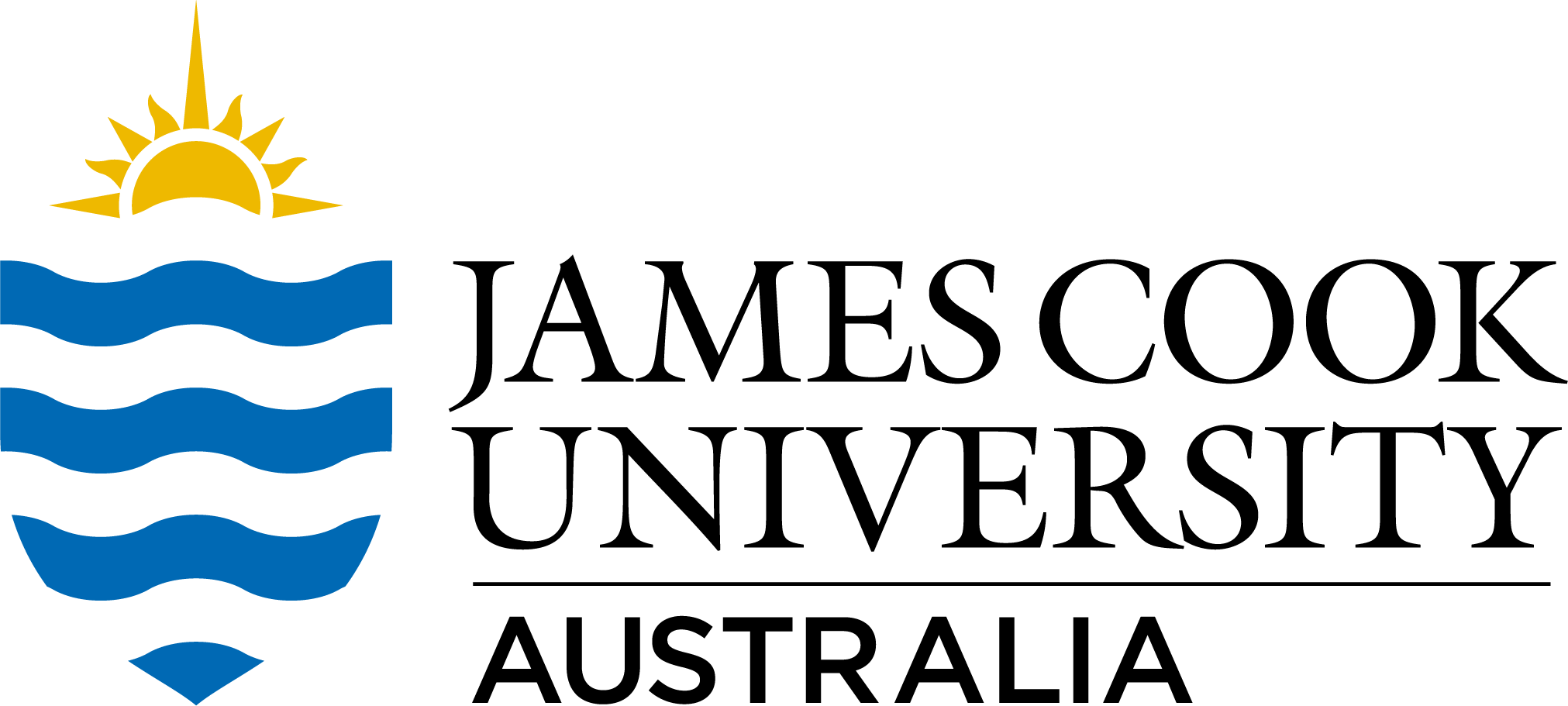Full description
Abstract [Related Publication]:Ocean warming and acidification are serious threats to marine life; however, their individual and combined effects on large pelagic and predatory fishes are poorly understood. We determined the effects of projected future temperature and carbon dioxide (CO2) levels on survival, growth, morphological development and swimming performance on the early life stages of a large circumglobal pelagic fish, the yellowtail kingfish Seriola lalandi. Eggs, larvae and juveniles were reared in cross‐factored treatments of temperature (21 and 25°C) and pCO2 (500 and 985 μatm) from fertilisation to 25 days post hatching (dph). Temperature had the greatest effect on survival, growth and development. Survivorship was lower, but growth and morphological development were faster at 25°C, with surviving fish larger and more developed at 1, 11 and 21 dph. Elevated pCO2 affected size at 1 dph, but not at 11 or 21 dph, and did not affect survival or morphological development. Elevated temperature and pCO2 had opposing effects on swimming performance at 21 dph. Critical swimming speed (Ucrit) was increased by elevated temperature but reduced by elevated pCO2. Additionally, elevated temperature increased the proportion of individuals that responded to a startle stimulus, reduced latency to respond and increased maximum escape speed, potentially due to the more advanced developmental stage of juveniles at 25°C. By contrast, elevated pCO2 reduced the distance moved and average speed in response to a startle stimulus. Our results show that higher temperature is likely to be the primary driver of global change impacts on kingfish early life history; however, elevated pCO2 could affect critical aspects of swimming performance in this pelagic species. Our findings will help parameterise and structure fisheries population dynamics models and improve projections of impacts to large pelagic fishes under climate change scenarios to better inform adaptation and mitigation responses.
The full methodology is available in the publication shown in the Related Publications link below.
Notes
Data consists of the raw data file (spreadsheet saved in both MS Excel (.xlsx) and Open Document (.ods) formats) and a timeline and sampling dates in PDF format.
Created: 2019-08-15
text: Study conducted at the National Institute of Water and Atmospheric Research (NIWA) Northland Marine Research Centre, Ruakaka, New Zealand.
User Contributed Tags
Login to tag this record with meaningful keywords to make it easier to discover
- DOI : 10.25903/5D54E90E5CE92

- Local : researchdata.jcu.edu.au//published/a07857d553febc92f743b6582df2aebd
- Local : 9b1f55e7064051ae94a8d40332bfb468


